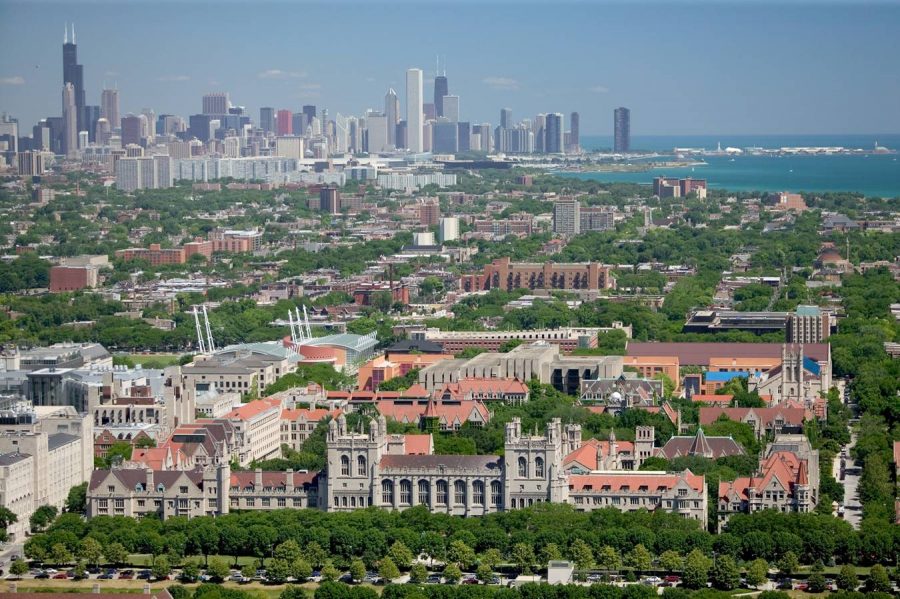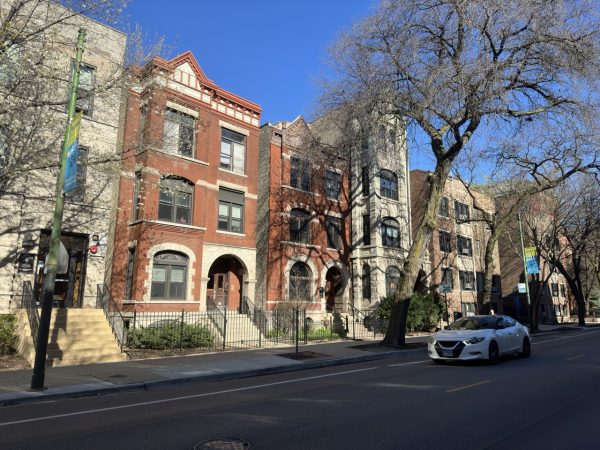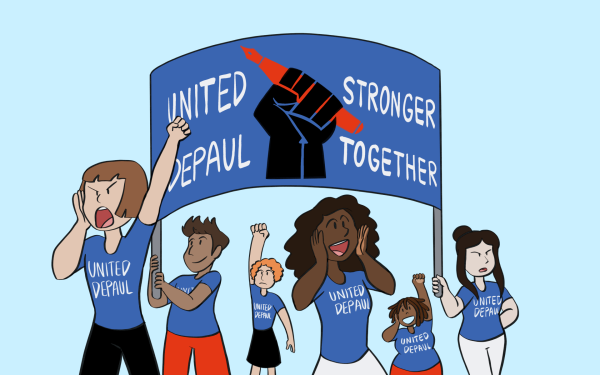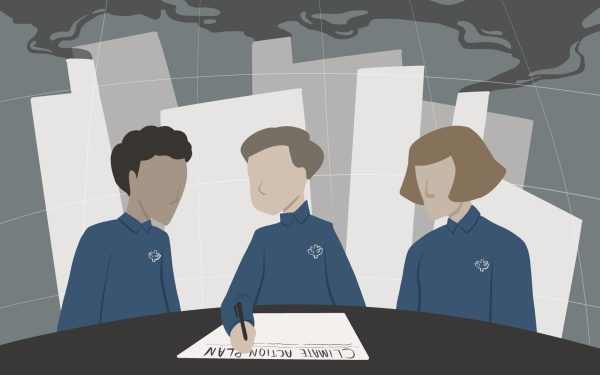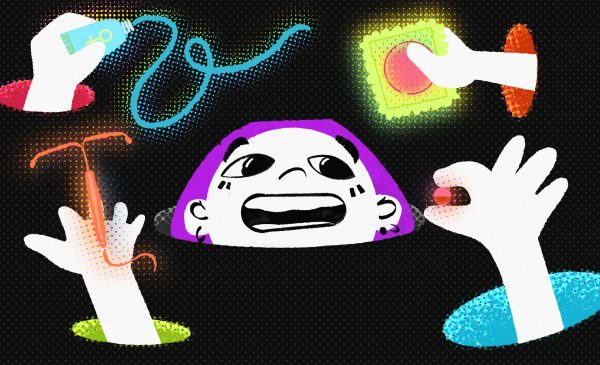The long ride north
As the South Side gains a trauma center, residents still harbor resentment
For 27 years, the South Side didn’t have a trauma center to treat gunshot victims. This meant the injured would have to endure a 10-mile ambulance ride north, often through dense traffic. Now the University of Chicago is slated to change that. (Photo courtesy of Alex McLean)
On the night of May 7, 2013, Kevin Ambrose left his house near East 48th St. and Prairie Ave. on the South Side to go meet a friend at the 47th Green Line station, only one block north of his house. Ambrose’s neighborhood could be dangerous at night, so he would always meet his friends at the CTA stop where they wouldn’t have to walk alone.
Ambrose, who just finished his first year at Columbia College, was nearing the Green Line stop when an SUV pulled up on the other side of the street. A man got out of the car and walked around to the trunk. Ambrose started running. Someone in the passenger seat was heard yelling, “That’s not him!” But it was too late.
He was shot in the back and collapsed in a nearby alley, but he was still alive, his sister, Kristen told The DePaulia. A friend called 911 and an ambulance picked him up. But the care Ambrose needed wasn’t in the ambulance. Ambrose was less than a mile away from Provident Hospital when he was shot, but he needed a trauma center – and the closest one was almost 10 miles away.
Kristen said the friend Kevin was meeting at the Green Line called their mother to tell them Kevin had been shot. They immediately got in their car and got on the Dan Ryan to meet the ambulance at Stroger Hospital on the West Side. They beat the ambulance there. But by then, Kevin was dead.
Since 1991, the South Side of Chicago has been without a trauma center-quipped hospital to treat gunshot victims. Since the Michael Reese Hospital shuttered its trauma center more than 25 years ago, trauma victims on the South Side have had to take the long ride north to either Northwestern Hospital or Stroger, often times through heavy traffic. In life-threatening situations when seconds count, the ride can take as long as 40 minutes.
“I don’t know if he would still be here today,” Kristen said. “But if (the South Side) had a trauma center, he would have had a much better chance.”
Ambrose’s is just one of countless lives that have been lost on the long ride north. Now the University of Chicago is slated to open a brand-new level one trauma center near its Hyde Park campus on May 1, after activists and community groups have pressed for one for years.
Dr. Selwyn Rogers, the center’s director, told the Chicago Tribune that UChicago has hired 18 new surgeons and will expect to treat between 2,700 and 4,000 people every year. Rogers said he was unavailable to speak with The DePaulia for this story.
Even though activists got what they wanted, some still feel like they lost. Starting May 1, trauma victims on the South Side will save a potentially life-saving amount of time on transportation, but the fact that the university took so long to finally implement the center has left residents feeling bitter.
It’s baffling to me that a trauma center was something that had to be negotiated,
— Kevin Ambrose, South side activist
“It still bothers me. I’ll probably never get over it. People are getting shot in and around (University of Chicago’s) campus, and we needed to fight to save lives?”
Some activists think UChicago was hesitant to build a trauma center because they were concerned about the financial viability of having a program on the South Side, said DeShondra Cox, a resident and community activist.
“They think, ‘Oh, these people coming in here don’t have insurance, how are we going to make it work?’” Cox said. “We won’t be able to make that work.”
Others, however, see this as a sign of renewed trust between the community and its powerful institutions. Rev. Julian DeShazier, a pastor at University Church and a graduate of UChicago’s divinity school, said years of impropriety by the university had soured its relationship with its neighbors.
“There have been policies by the university that show disinterest in engaging with the community in a meaningful way,” DeShazier said. “(The trauma center) is a turning of the tide for this.”
He believes the university has entered a new era for repairing ties with the community.
“I’m grateful they have taken serious the voice of the community and have thought beyond the bottom line,” DeShazier said.
The University of Chicago has become one of the most powerful entities on the South Side, where it is the largest single employer for its residents and fuels its economy. But it has also been swallowing up land and rapidly changing the communities around it.
Ambrose sees the university as a gentrifying force in the area. She says it’s hard for people to community members to forgive the university when “people are still getting pushed out of their homes to make room for their campus.”
The introduction of a trauma center is certainly a victory in the South Side’s battle against the city’s powerful institutions, but residents and activists both know that more showdowns are yet to come.


